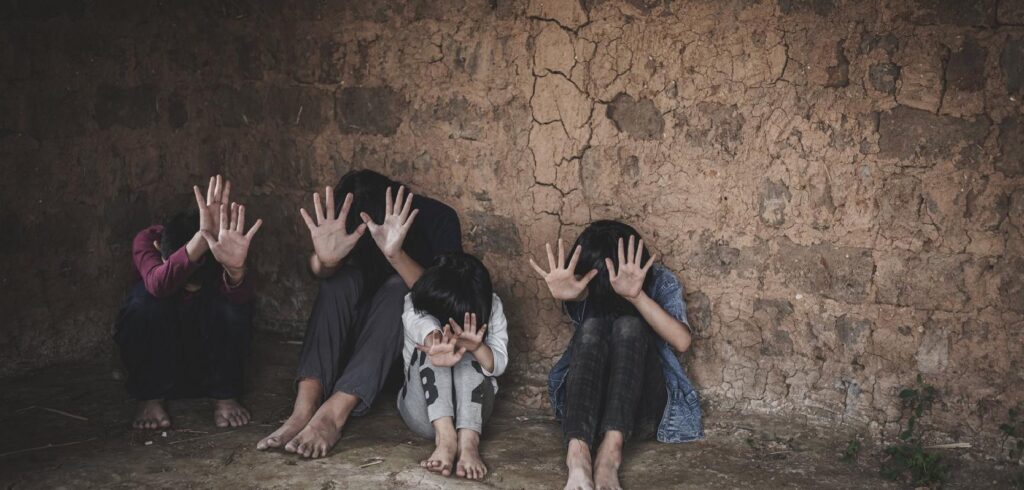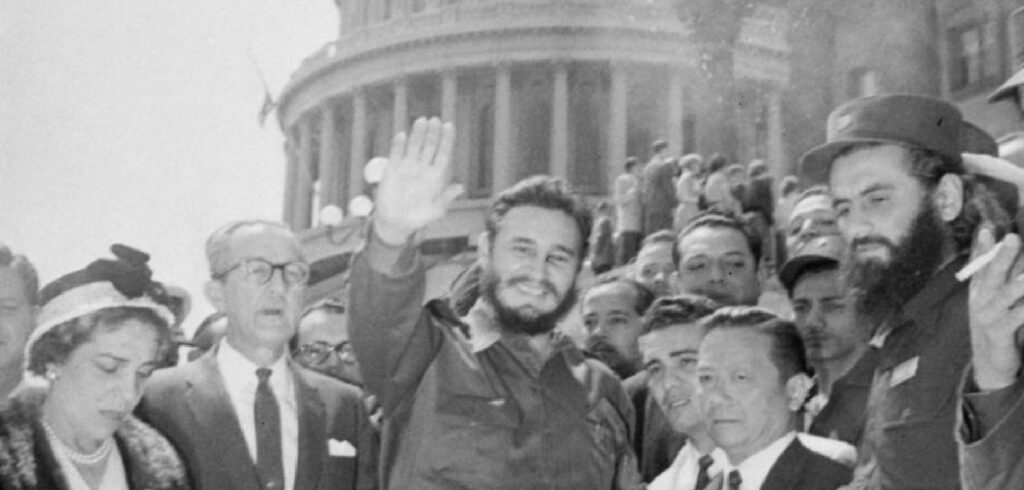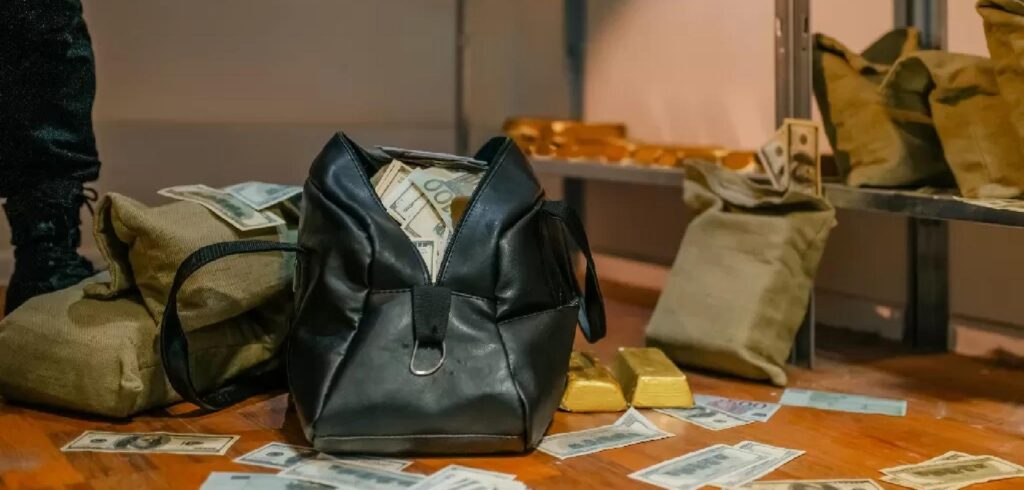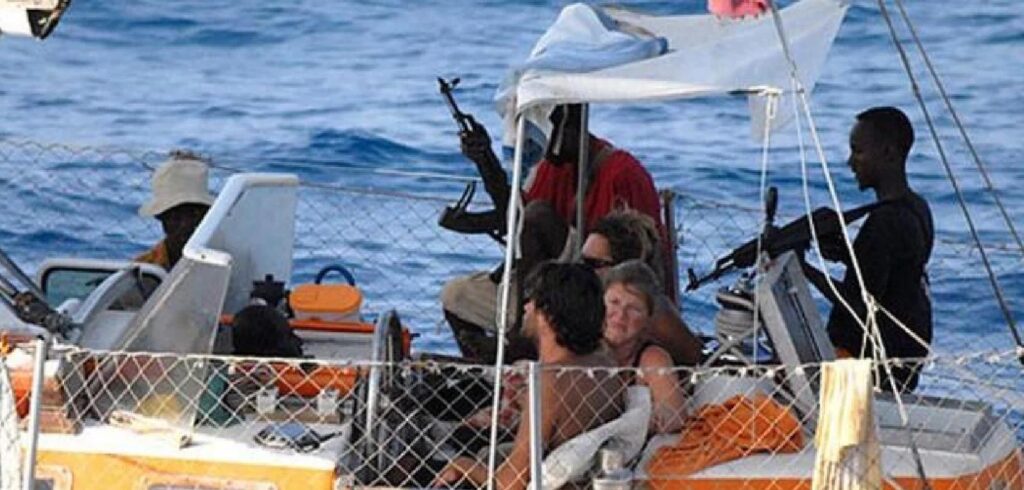
The phenomenon of piracy in Somali waters has become a serious problem and has attracted international attention. Known for a series of attacks on merchant and shipping vessels, piracy has had serious consequences for global trade and maritime security. Somali Piracy Its history can be traced back to the early 2000s, when Somalia experienced political chaos and government instability. These conditions create an environment that supports piracy activity, with armed groups seeing piracy as a way to gain financial gain. From that all Somali pirates have a Global Impact and International Response Piracy in Somali waters has a significant global impact. Ships transporting goods to and from Europe, Asia and the Middle East must traverse the region, increasing the risk of piracy attacks. In response to this threat, many countries and international organizations have increased patrols and security operations in these waters
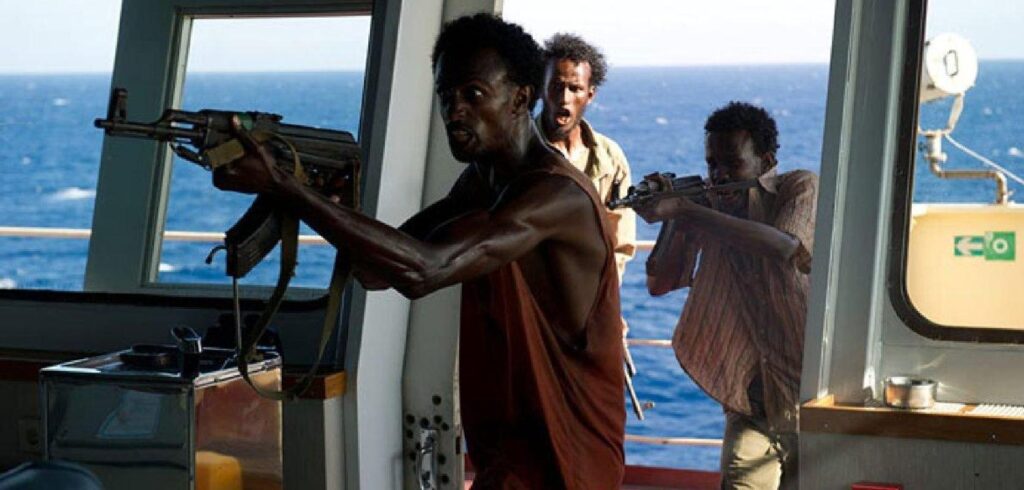
According to a UN report, Somali pirates have recently shifted their targets to smaller foreign fishing boats. The UN report says it has been nearly three years since Somali pirates last successfully hijacked a large commercial vessel but they remain capable of launching another attack and have recently shifted their targets to smaller foreign fishing vessels. The report, read by the Associated Press news agency on Wednesday, said that since August 2016 no crew members of large commercial vessels had been held by Somali pirates, but 39 hostages from foreign fishing vessels were still being held. The report also found that while reported piracy incidents rose slightly to 15 in the roughly year ending October 2016, up from 12 during the previous year, that number was down sharply from the 237 reported pirate attacks when piracy peaked in 2011.
Here, too, the UN, the world security organization, has done various things, by seeing that piracy in Somali waters is a complex phenomenon and requires a comprehensive approach. With increasing international cooperation, efforts to eradicate piracy, and a focus on increasing security and stability in Somalia, it is hoped that a long-term solution can be achieved to overcome this problem by providing assistance in the form of special forces from UN members who have been victims of capture or hostage of ships held hostage. carried out by Somali pirates.








